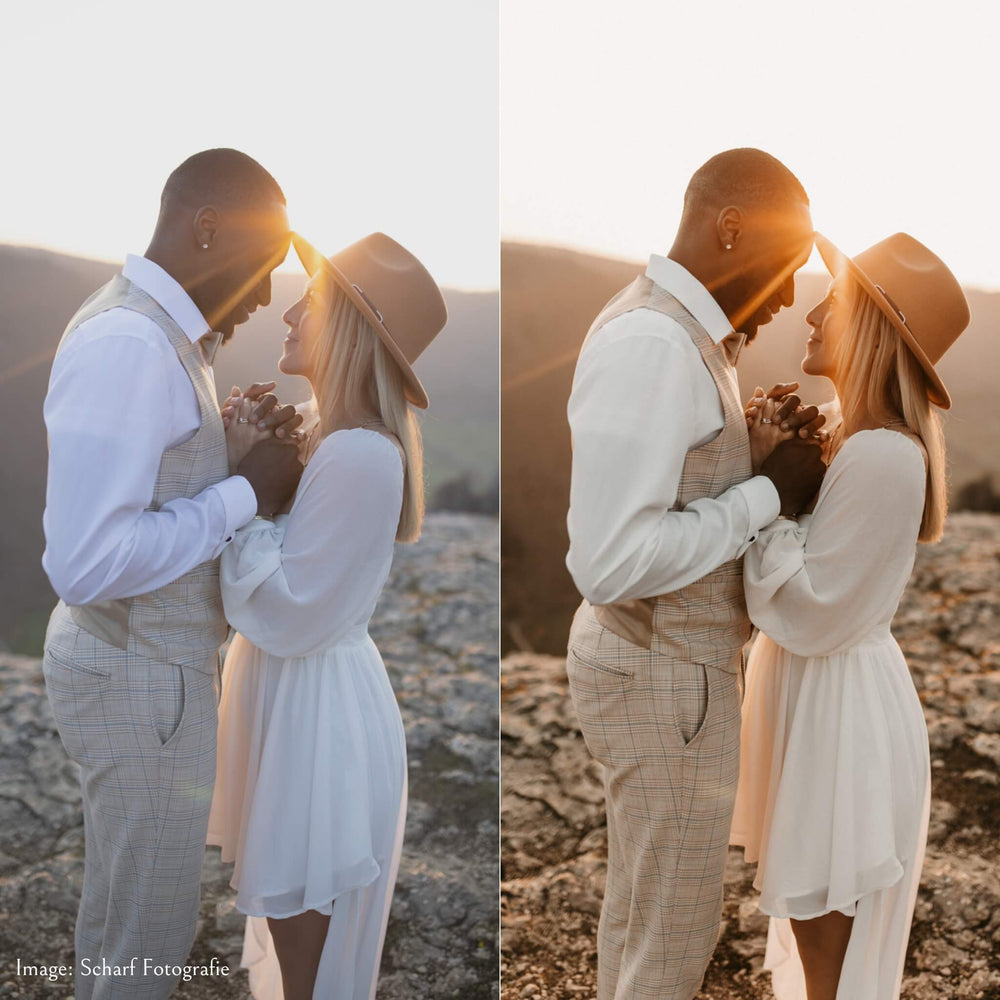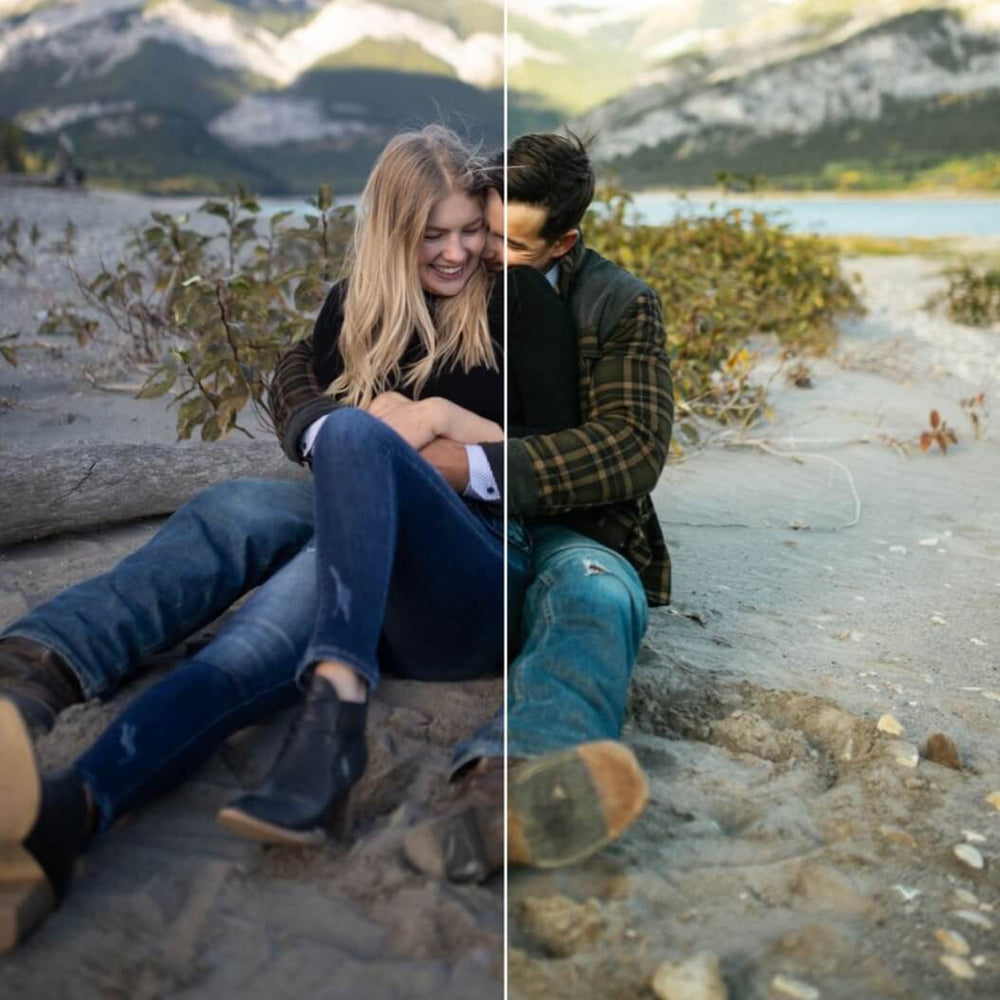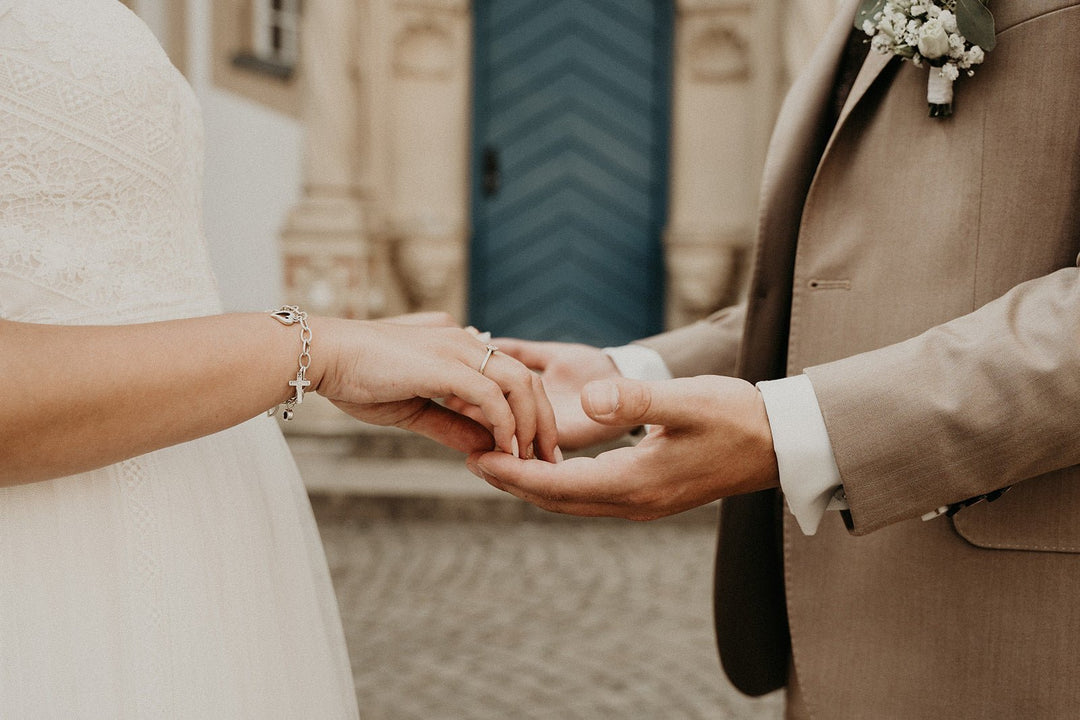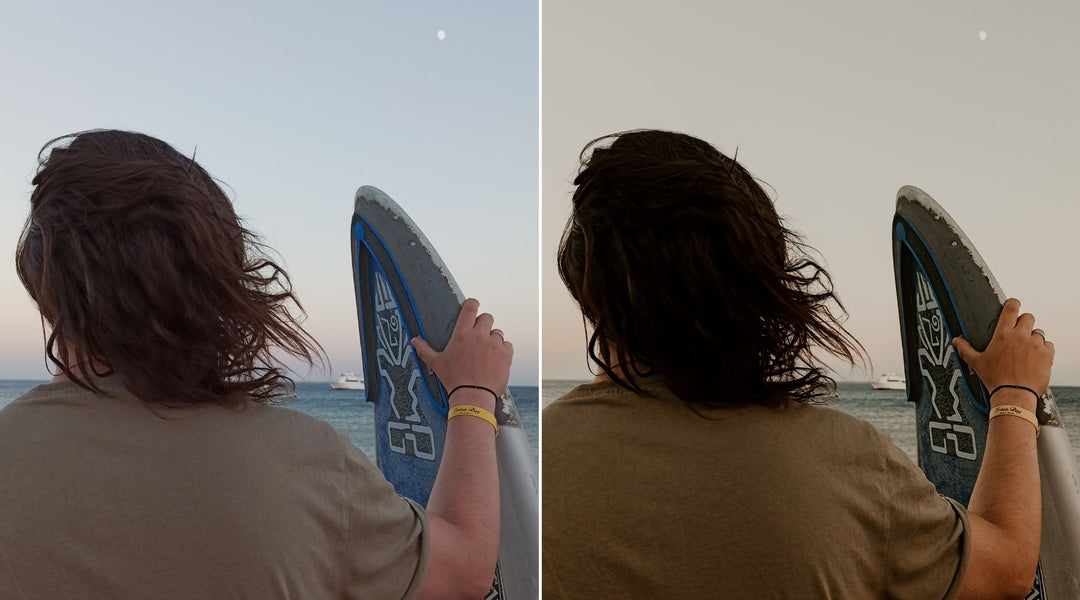How to Best Photograph People with Dark Skin

How to Best Photograph Black people / People with melanated skin
As a photographer, it's important to understand how to best photograph BiPoC (Black, Indigenous, and people of color).
Unfortunately, many photographers struggle with this task and end up producing subpar results. But fear not, as there are many tips and techniques you can use to capture stunning photos of BiPoC. Here are some things to keep in mind:
1. Lighting is crucial

Lighting is perhaps the most important aspect of any photograph, and it's especially important when it comes to photographing people with darker skin tones. One study found that people of color are often underrepresented in photography, partly because they are often photographed under harsh lighting conditions that don't flatter their skin. To avoid this, use soft, diffused lighting that enhances the natural beauty of the skin. You can achieve this by using softboxes, umbrellas, or other types of diffusers to create a gentle and even light.
2. Adjust your camera settings
When photographing Black people, it's important to adjust your camera settings accordingly. The metering system in your camera may not always accurately read darker skin tones, so it's important to check your exposure settings before taking a photo. You may also need to adjust your white balance to ensure that the skin tone looks natural and accurate.
3. Choose the right backdrop

The backdrop you choose can have a big impact on the final result of your photos. BiPoC often look stunning against bright and bold colors, such as red, blue, or green. You can also experiment with more neutral colors like white, black, or grey for a classic and timeless look. Just be sure to choose a backdrop that complements the subject and doesn't distract from them.
4. Use reflectors and diffusers
Reflectors and diffusers can help you manipulate light to create the perfect lighting conditions for your subject. When photographing BiPoC, reflectors can help bounce light back onto their face, creating a more even and flattering look. Diffusers can also help soften harsh light and create a more natural and subtle effect.
5. Pay attention to skin texture

BiPoC often have more texture in their skin, which can be a challenge to capture in a photograph. To avoid losing this texture, make sure to use a high enough resolution on your camera and avoid over-processing the photo during editing. If you want to enhance the texture, you can use a technique called "clarity masking," which involves selectively increasing the contrast in the midtones of the image.
6. Edit with care
Editing is an important part of any photography process, but it's crucial to edit with care when it comes to BiPoC. Avoid over-processing the photo, which can create an unnatural look. Instead, focus on enhancing the natural beauty of the skin tone by adjusting the exposure, contrast, and color balance.
7. Practice makes perfect
As with any skill, practice is key to mastering the art of photographing BiPoC. The more you practice, the more comfortable you'll become with adjusting your camera settings and manipulating lighting conditions. Don't be afraid to experiment and try new techniques – you may be surprised at the stunning results you can achieve.
8. Communicate with your subject
Effective communication with your subject is essential for capturing great photos. This is particularly true when photographing people with dark skin, as they may have unique concerns or preferences. It's important to establish a rapport with your subject and ask for their input on things like lighting, posing, and the overall look and feel of the photos.
9. Consider the environment
The environment you're shooting in can also have a big impact on the final result of your photos. When photographing people with dark skin, it's important to consider the color temperature and the quality of the light in the environment. If you're shooting outside, try to avoid harsh midday sun and opt for early morning or late afternoon light instead.
10. Celebrate diversity
Finally, it's important to celebrate diversity in your photography. People with dark skin often face discrimination and marginalization in our society, and photography can be a powerful tool for promoting representation and inclusivity. By showcasing the beauty and diversity of all skin tones, you can help create a more inclusive and accepting world.
In conclusion, photographing people with dark skin tones requires some extra care and attention, but it's a skill that can be mastered with practice and patience. By using soft, diffused lighting, adjusting your camera settings, and carefully editing your photos, you can capture stunning images that showcase the natural beauty of darker skin tones. Effective communication with your subject, careful consideration of the environment, and a commitment to diversity can all help you take your photography to the next level. So get out there and start capturing some amazing photos!









![[NEW] Clean Collection Presets Mobile - bitesandtickles](http://bitesandtickles-shop.com/cdn/shop/products/new-clean-collection-presets-mobile-256234.jpg?v=1685723321&width=1000)












Leave a comment